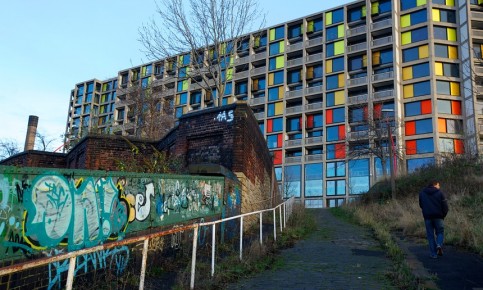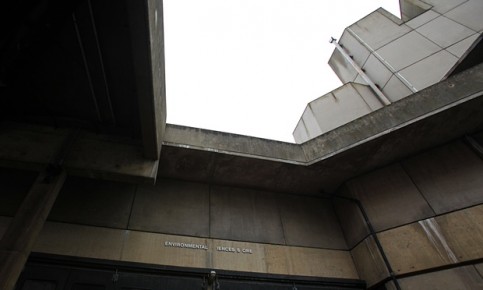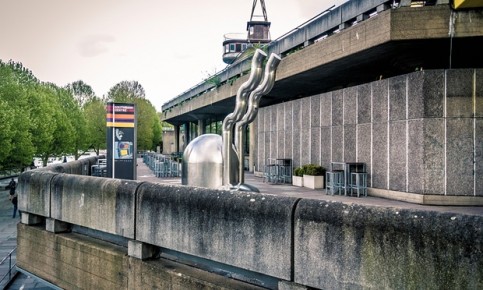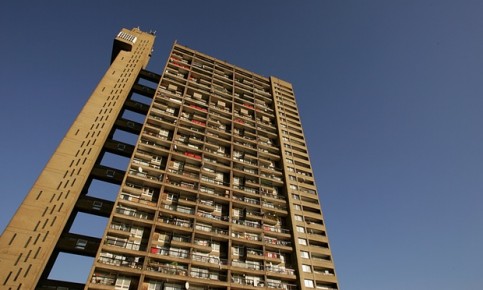Trust will offer behind-the-scenes look at icons of the controversial architectural movement, including the Southbank Centre and Park Hill flats.

It is a long way from the day out to a country house, some lunch perhaps, maybe splashing out on a recycled woollen rug or a Save the Red Squirrel gift certificate. Instead the National Trust is, for 10 days, offering rare views of concrete.
From 25 September the trust will celebrate the importance of an architectural style that people usually love or detest: brutalism.
There will be guided tours of some of the best of Britain’s brutalist buildings including the Southbank Centre in London, Park Hill flats in Sheffield and the University of East Anglia campus in Norwich.
“There has been something of revolution within the National Trust, which says we don’t only have to do things at the places we own,” said Joseph Watson, the trust’s London creative director. “We are quite keen to get out and about.”
One reason for the interest in 1960s brutalist buildings is that they might be the trust’s properties of the future.

“There is now such a rapid pace of change, we need to think about what are the buildings we want to save for the future,”
said Watson.
“We are not saying they have to be preserved in aspic, but they should be preserved in some form.”
Watson accepts that many people do not like brutalist buildings.
“It is not very long ago that many people had the same views about Victorian architecture … a generation spoke of ‘Victorian monstrosities’ and systematically worked to erase that era in built form. We are now in danger of doing the same with brutalism.”

Visitors will get to nose around in ventilation rooms and other spaces normally out of bounds to the public.
Shan Maclennan, the deputy artistic director of the Southbank Centre, said the closure of the three buildings was a good opportunity to “pause for a moment to explore their architecture and revisit the radical intentions of their makers which are still modern even in 2015.
“We are thrilled to be doing this with the National Trust, apparently unlikely partners, but as devoted to telling the story of the Southbank Centre festival site as we are.”
The Southbank Centre tours will be held daily. On two Saturdays, a Brutalist Britain tour by Routemaster bus will also visit places such as the Lansbury estate in Poplar, east London, and Trellick Tower in North Kensington, west London, designed by the architect Ernő Goldfinger.

Park Hill, known for its ‘streets in the sky’, became Europe’s largest listed building in 1998. After years of decline, the property developer Urban Splash stepped in with a renovation plan that was shortlisted for the 2013 RIBA Stirling prize.
Simon Gawthorpe, Urban Splash’s managing director, said Park Hill generated strong opinions, almost reverence from admirers and intense emotions from those who have lived in or visited it over the years.
“Our aim is to recapture the sense of community which was at the heart of the original vision and to create a new mid-century modern quarter of Sheffield,” he said.
Watson stressed that he did not believe all brutalist buildings should be saved but said he could easily imagine a time when the trust was taking care of at least a few.
“What would we do with the whole of Park Hill? But you can envisage a time when we took over parts of social housing,” he said.
The trust looks after more than 300 houses and gardens including 2 Willow Road, the 1930s modernist house in Hampstead, north-west London, that was Goldfinger’s home.

You must be logged in to post a comment Login